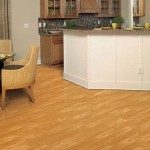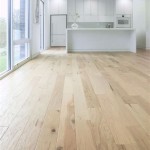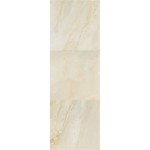Essential Aspects of Laminate Flooring Formaldehyde Levels
Laminate flooring has gained popularity as a durable and cost-effective alternative to traditional wood flooring. However, concerns have been raised about the presence of formaldehyde, a chemical compound used in the manufacturing process, and its potential impact on indoor air quality.
Formaldehyde is a colorless, pungent-smelling gas emitted by various sources, including building materials, adhesives, and pressed wood products. Exposure to high levels of formaldehyde can cause eye, nose, and throat irritation, headaches, and respiratory problems. In extreme cases, it may contribute to the development of cancer.
Laminate flooring manufacturers adhere to strict regulations to ensure that the formaldehyde levels in their products meet safety standards. These regulations vary by country and region, and reputable manufacturers strive to comply with the most stringent standards.
When choosing laminate flooring, it's essential to consider the following factors:
By selecting laminate flooring with low formaldehyde emissions, maintaining proper ventilation, and following manufacturer guidelines, you can minimize the potential risks associated with formaldehyde and enjoy a safe and comfortable living space.

Is Laminate Flooring Toxic How Long It Emits Gas Floor Techie

Should You Be Concerned About Formaldehyde In Laminate Flooring

Non Toxic Laminate Flooring Brands Formaldehyde Free My Chemical House

Formaldehyde In Some Laminate Flooring How To Limit Exposure

Formaldehyde Emissions From Lumber Liquidators Laminate Flooring Iit Iaq Blog

Laminate Flooring Formaldehyde Concerns Where To Test Levels

Formaldehyde In Flooring Laminate And Floating Floor Problems

Laminate Floors May Contain Harmful Levels Of Formaldehyde
Formaldehyde Could Be Lurking In Your Floors How Bad Is That

Formaldehyde In The Floor Drweil Com
Related Posts








